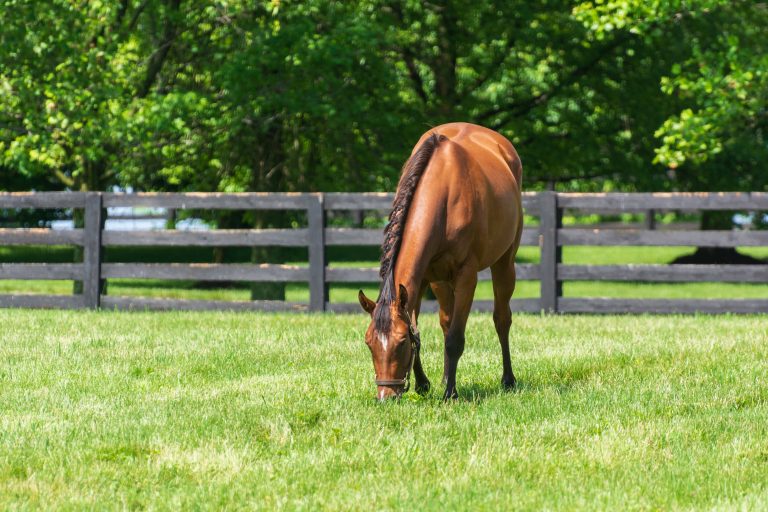For every equestrian enthusiast, the well-being of their horses is of utmost importance. When it comes to senior horse laminitis care, understanding and implementing proper care can make a significant difference in the quality of life for older horses. Laminitis is a painful condition that affects the hooves, and its management is crucial, especially for senior horses. In this article, we will explore various aspects of caring for senior horses with laminitis.

Understanding Laminitis in Senior Horses
Laminitis, also known as founder, is a condition that involves inflammation of the laminae in a horse’s hoof. This can cause severe pain and lameness. For senior horses, laminitis can be more challenging to manage due to their age and potential for other health issues. Recognizing the signs early and taking the right steps can help alleviate discomfort and prevent further complications.
Signs and Symptoms
Common signs of laminitis in senior horses include reluctance to move, noticeable pain, heat in the hooves, and an unusual stance where the horse tries to shift weight from the affected hooves. Early detection is key to managing the condition effectively.
Causes of Laminitis
There are several causes of laminitis, such as dietary imbalances, excessive weight, stress, and underlying health conditions like Cushing’s disease. Understanding these causes can help in taking preventive measures. For more information about maintaining a healthy diet for older horses, visit hydration in summer.
Preventative Measures
Preventing laminitis involves a combination of proper diet, exercise, and regular vet check-ups. Ensuring that senior horses are not overweight and have access to appropriate nutrition is vital. You may also consider best bedding options for comfort.
Diet and Nutrition
A balanced diet rich in fiber and low in sugars and starches can help prevent laminitis. It’s essential to monitor the horses weight and adjust their diet accordingly to maintain a healthy balance.
Exercise and Mobility
Regular, gentle exercise is beneficial for maintaining mobility and reducing the risk of laminitis. However, the intensity and type of exercise should be tailored to the horse’s age and health status. For more guidance on exercise routines, check out exercise for older horses.
Treatment Options
Treating laminitis in senior horses requires a multifaceted approach that includes veterinary care, pain management, and proper hoof care. Working closely with a vet to develop a tailored treatment plan is crucial.
Pain Management
Pain relief is a primary concern when treating laminitis. Vets may prescribe anti-inflammatory medications to help manage the pain and reduce inflammation.
Hoof Care
Regular trimming and proper hoof maintenance are essential to manage laminitis. Consulting with a professional farrier can ensure that the hooves are balanced and supported correctly, reducing further stress on the laminae.
Long-Term Care Strategies
Beyond immediate treatment, long-term care strategies are necessary to ensure that a senior horse with laminitis can live comfortably. This includes ongoing dietary management, regular exercise, and close monitoring of the horse’s overall health.
Regular Vet Check-Ups
Frequent vet check-ups can help catch any changes in the horse’s condition early, allowing for timely intervention and adjustments in their care plan.
Environmental Adjustments
Adapting the horse’s environment to make it more comfortable can also aid in managing laminitis. This includes providing soft bedding and ensuring the horse has access to a clean, dry area. For more tips on environmental changes, see pasture management.
Conclusion
Taking proactive steps in senior horse laminitis care can significantly improve the quality of life for your equine companions. By understanding the causes, implementing preventative measures, and providing appropriate treatment and long-term care, you can help your senior horses live comfortably and happily.

FAQ Section
Q1: How can I identify if my senior horse has laminitis?
A: Look for signs such as reluctance to move, heat in the hooves, and an unusual stance. Early detection is key.
Q2: What are the main causes of laminitis in older horses?
A: Common causes include dietary imbalances, excessive weight, stress, and underlying health conditions like Cushing’s disease.
Q3: How often should I check my horse’s hooves?
A: Regular hoof checks by a professional farrier are recommended to ensure proper care and maintenance.
For more in-depth resources on caring for older horses, visit caring for older horses.
This article contains affiliate links. We may earn a commission at no extra cost to you.
